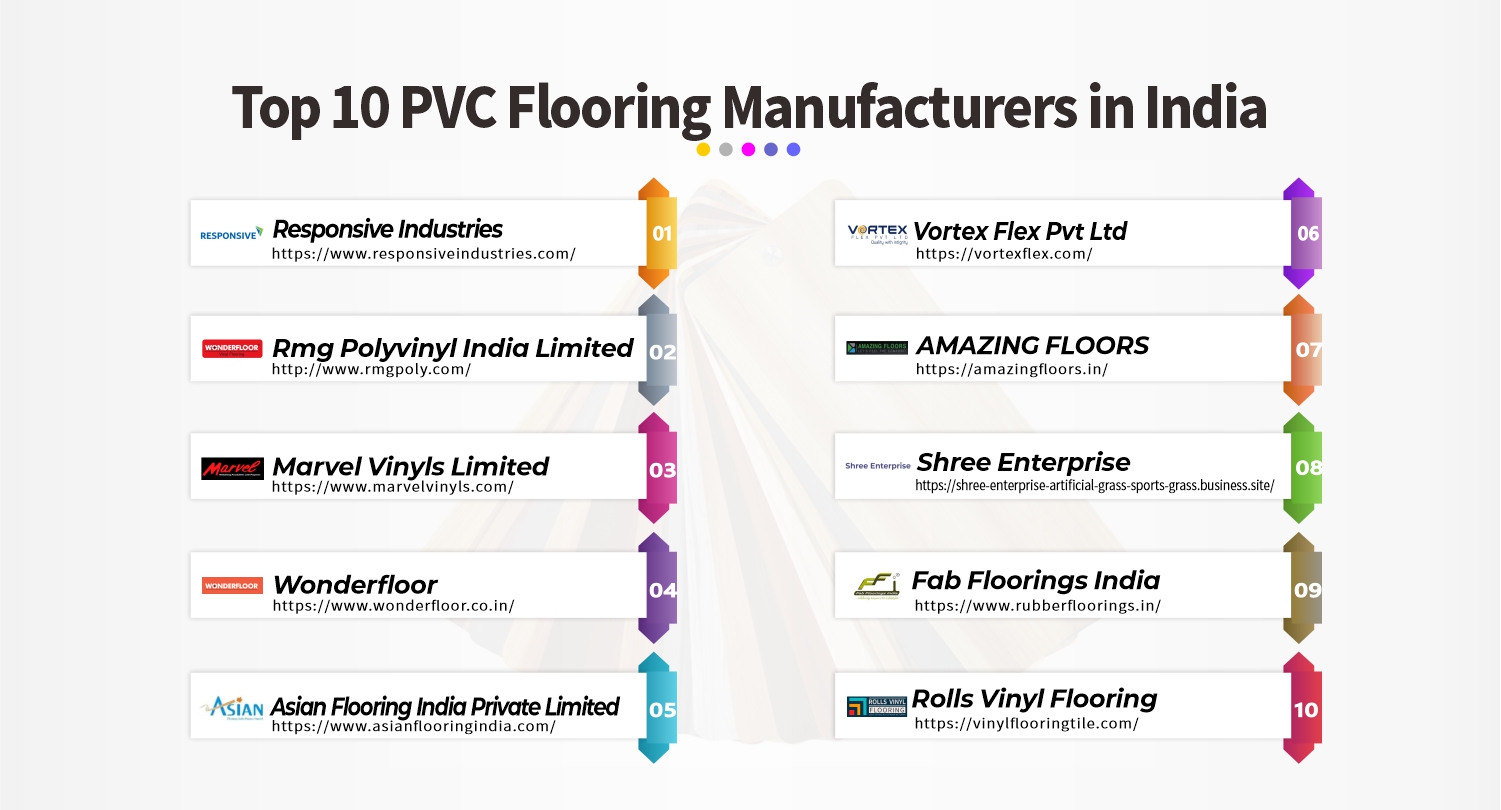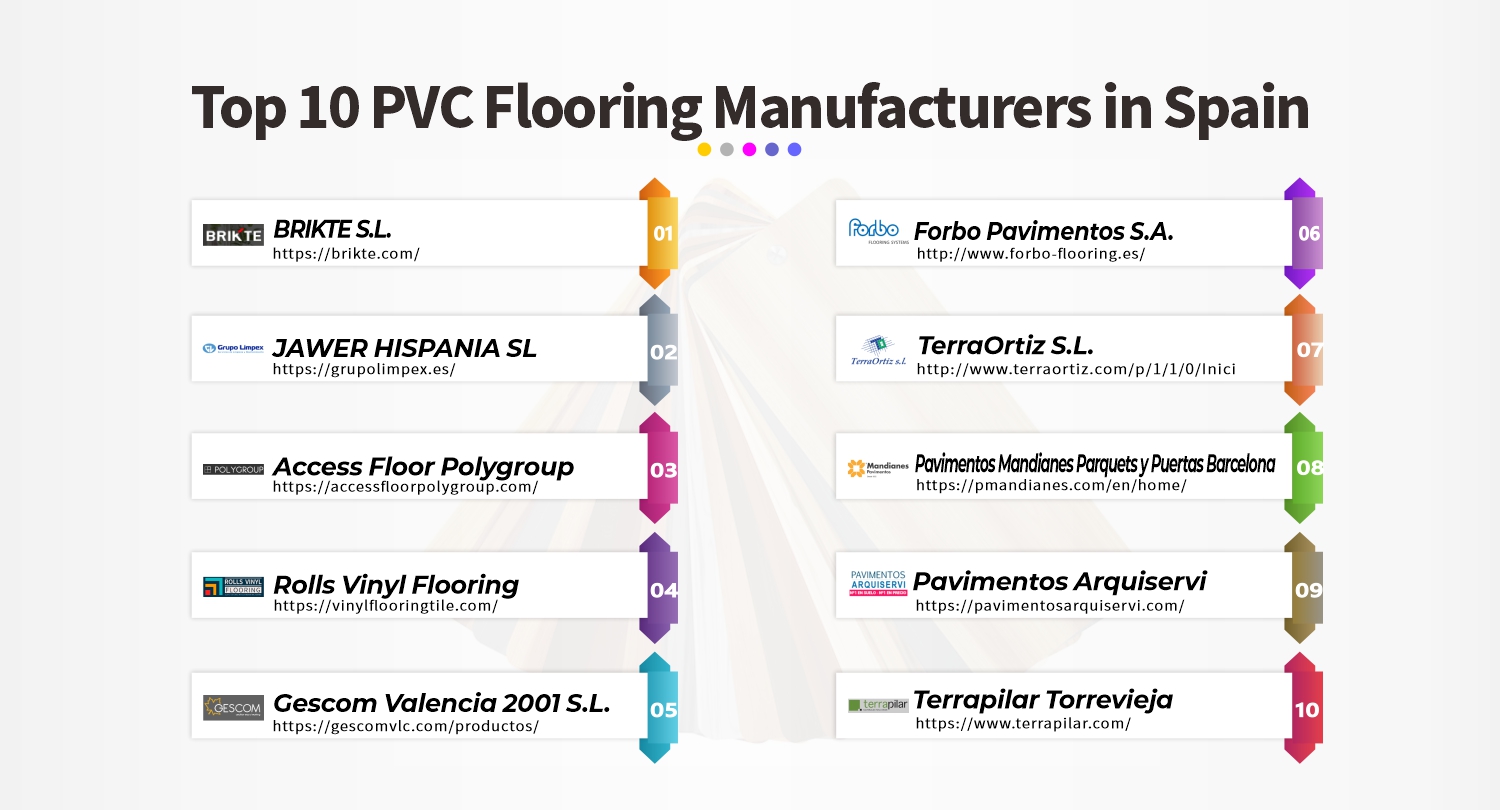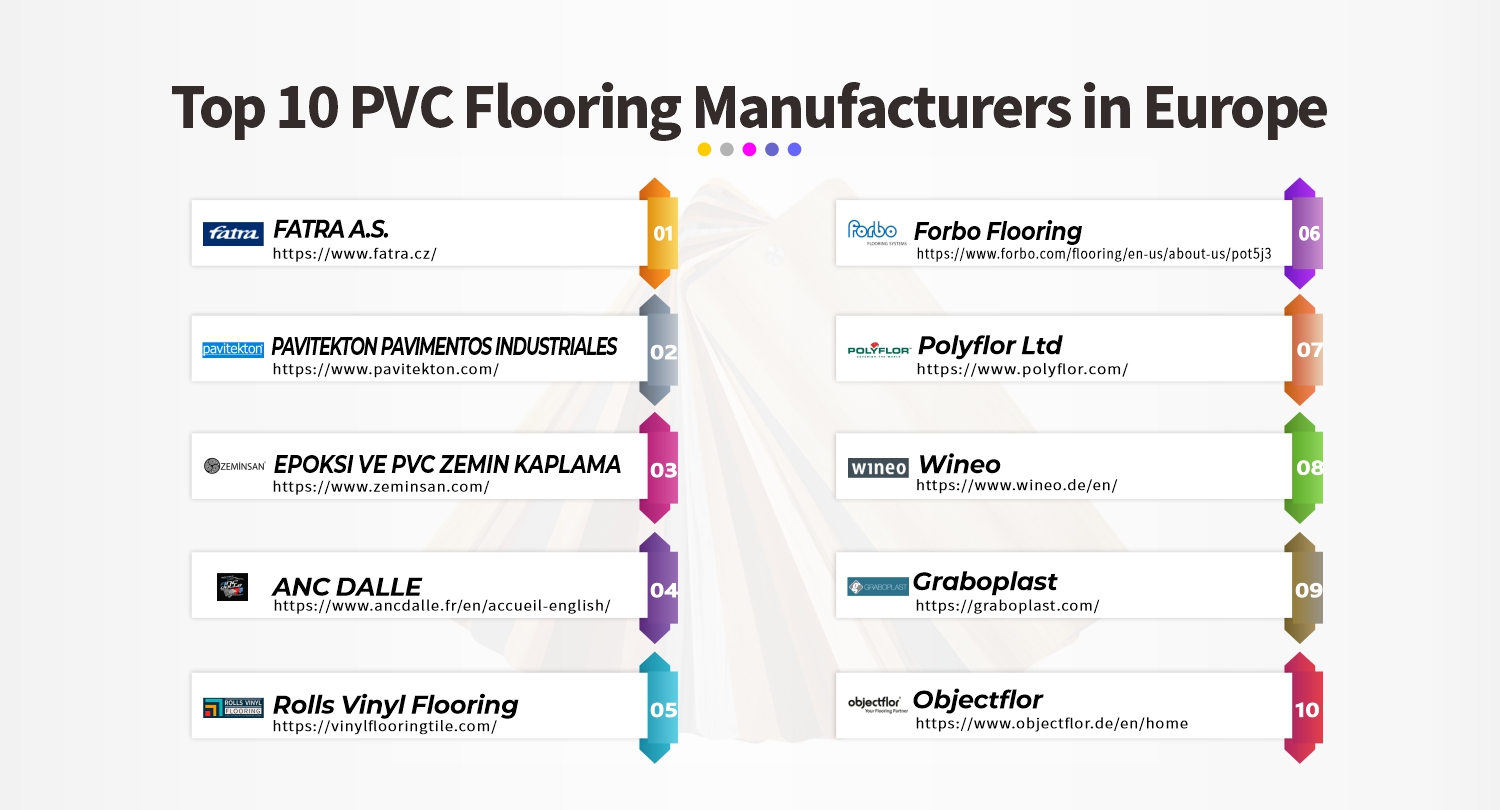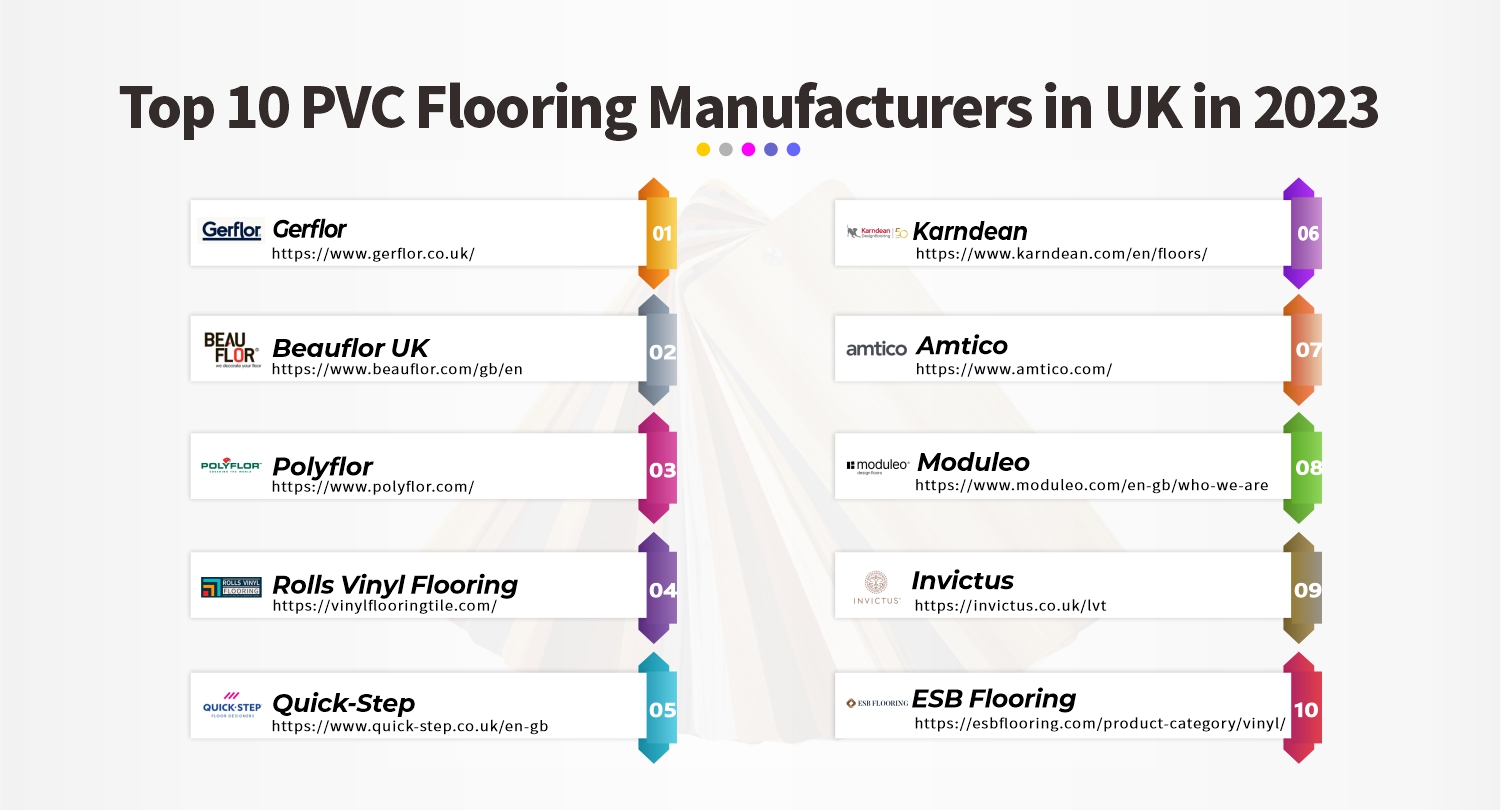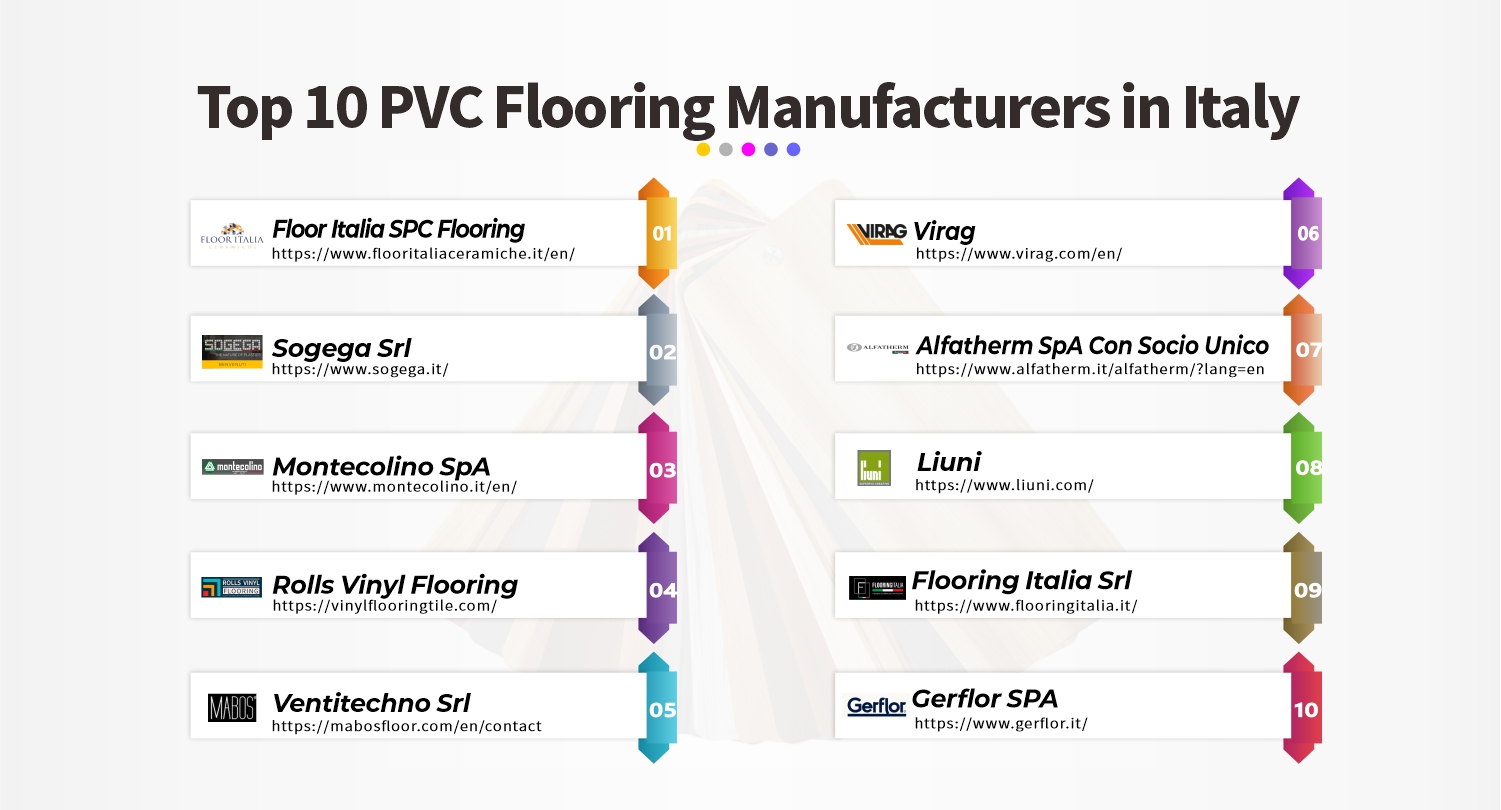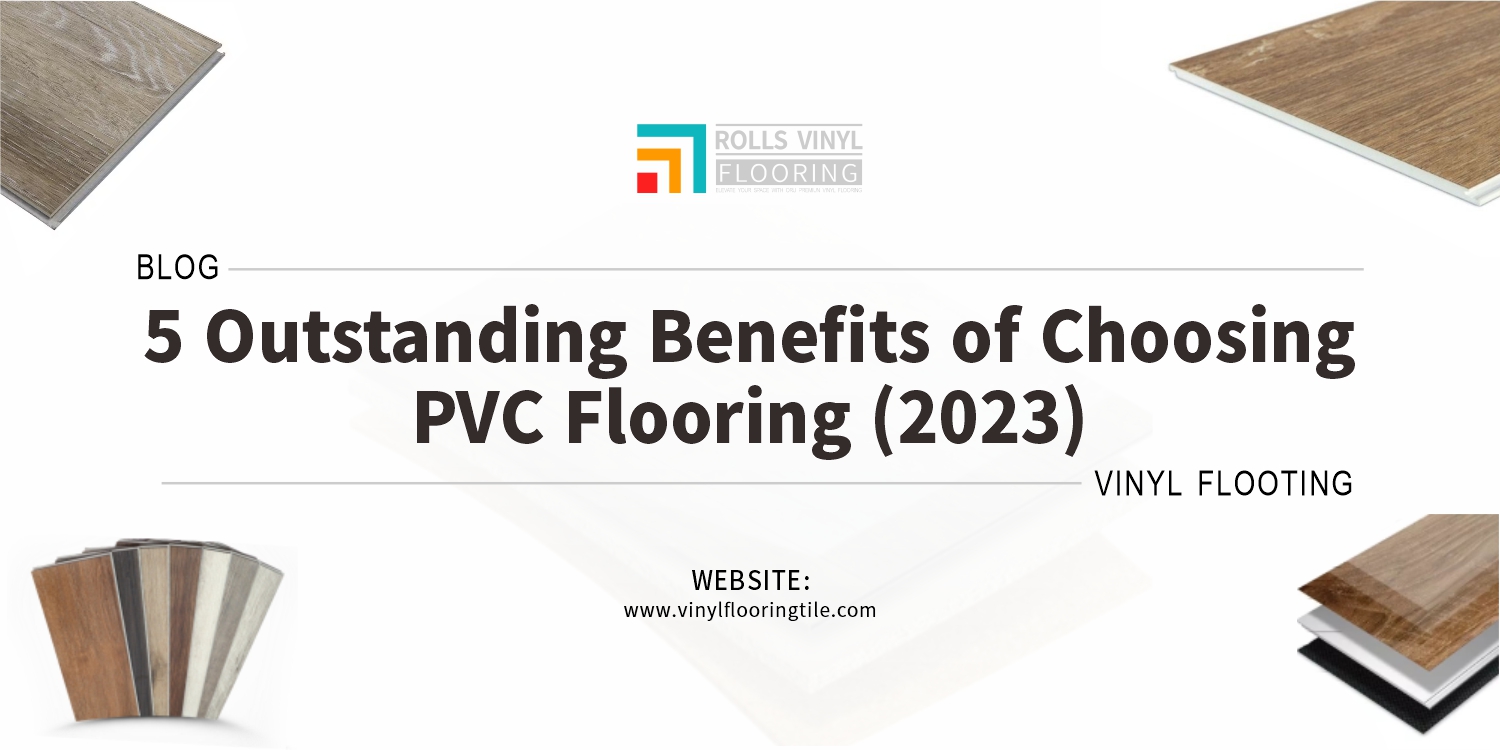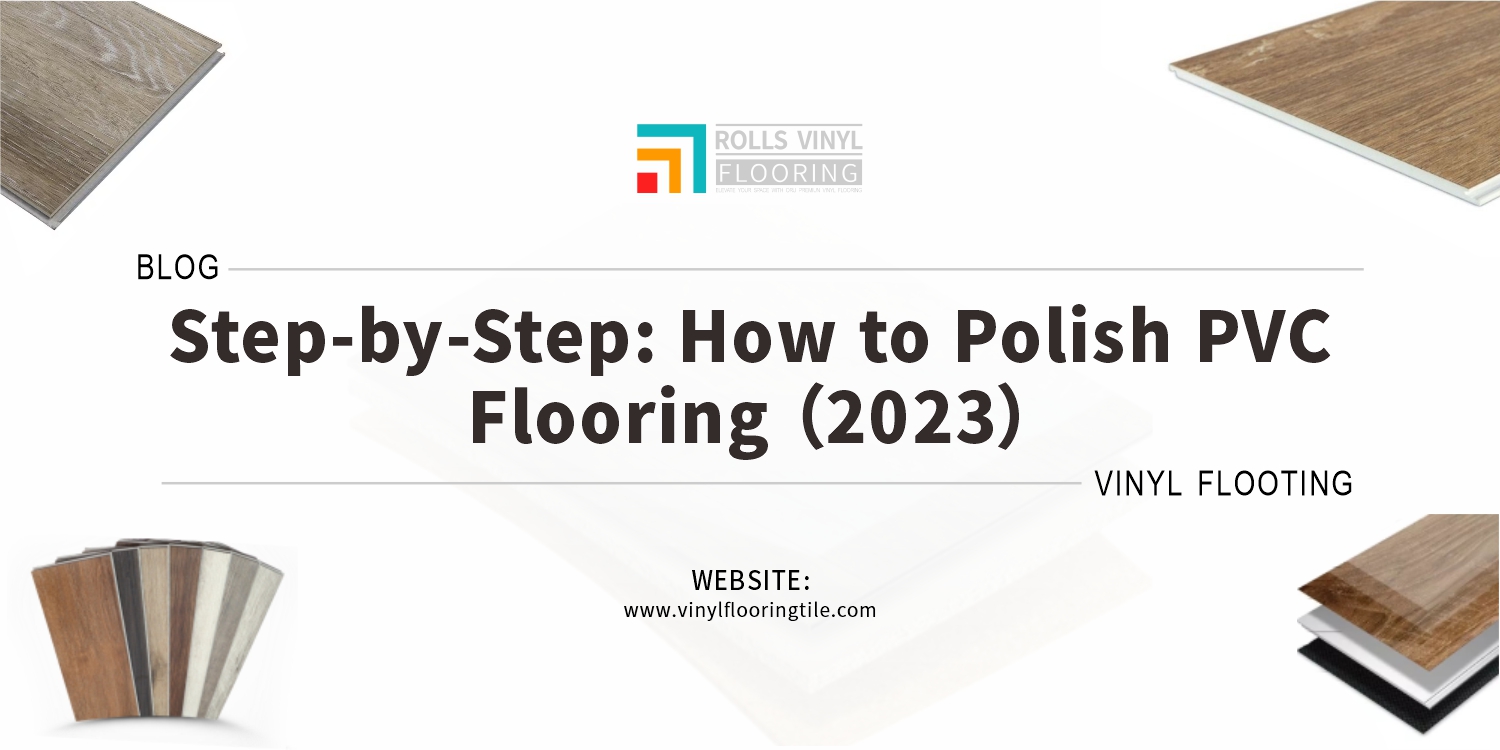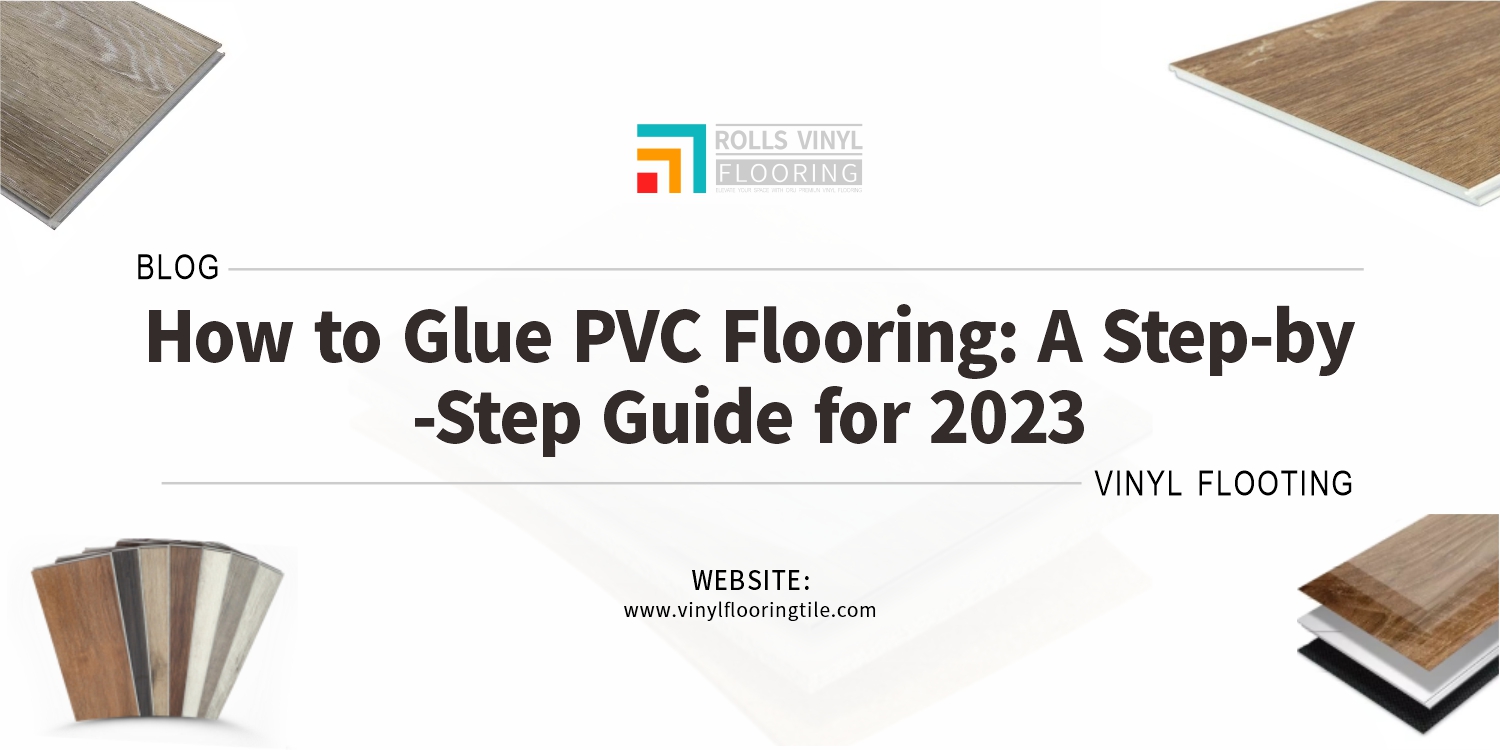Do you have a damaged vinyl flooring plank that needs repairing? Don’t worry! It’s not as difficult as you might think. With the right tools and a little patience, you can repair your vinyl flooring plank and make it look as good as new. Here are three steps to help you get started!
First, inspect the damaged plank to determine the extent of the damage. Next, remove the damaged plank by carefully prying it up and lifting it out, using a putty knife. Finally, measure the replacement plank and replace the plank with a new one, using a vinyl adhesive to secure it in place.
Read on to know how to identify the damage on vinyl flooring plank and follow the guide on how to properly repair and replace it.
Identifying the Damage
A.Types of damage and how they occur
Vinyl flooring planks are a popular flooring option due to their durability and low-maintenance upkeep, but they are not immune to damage. Common types of damage include scratches, discoloration, fading, and warping.
- Scratches can occur due to heavy furniture, animals, and even shoes that are dragged across the floor.
- Discoloration can be caused by exposure to direct sunlight or high temperatures. Fading can occur due to exposure to direct sunlight.
- Warping can occur due to moisture.
B.Signs of damage to look for
- Discoloration: Vinyl flooring can fade over time due to exposure to light, making it appear dull and discolored.
- Cracking: Vinyl planks can crack due to age, abuse, or extreme temperatures.
- Peeling: If the adhesive used to install the planks begins to fail, the planks can peel off the subfloor.
- Warping: If vinyl planks are installed in a damp area, they can warp and buckle due to moisture.
- Stains: Over time, dirt and other contaminants can accumulate on the surface of vinyl planks, causing stubborn stains.
- Scuff Marks: Vinyl planks are susceptible to scuff marks from shoes, furniture, and other objects that can scrape the surface.
- Gouges: Vinyl planks can be gouged or scratched by sharp objects like high heels or pet claws.
- Mold/Mildew: If vinyl planks are exposed to moisture, they can develop mold or mildew.
3 Steps to “How to repair a damaged vinyl flooring plank”

Materials Needed
A.Tools required for repair
The most important tools required for repairing damaged vinyl flooring planks will depend on the kind of damage and the type of vinyl plank being used. The basic tools needed are a utility knife, a measuring tape, a rubber mallet, and a power drill.
For minor damage, use a utility knife to carefully cut away the damaged section of the vinyl plank. Use the measuring tape to get the exact measurements of the damaged area and to make sure the replacement piece is the same size and shape. Then, use the rubber mallet to gently tap the replacement piece into the existing floor.
If the damage is more extensive, you may need to use a power drill to remove the damaged plank and then use a jigsaw to cut a piece of the same size and shape from a new plank. Be sure to use the measuring tape to get exact measurements before cutting. Once the new piece is cut, use the rubber mallet to tap it into place.

B.Materials required for repair
Repairing damaged vinyl flooring plank requires the following materials:
Vinyl patching compound
The vinyl patching compound is a versatile material used to repair holes, cracks, and other damage to vinyl surfaces. It often comes in a dry powder form and is mixed with water or a solvent to create a paste-like consistency. The compound adheres to the surface of the vinyl and is then smoothed and shaped to match the original surface.
It can be used to repair small holes, tears, scratches, and other damage to vinyl surfaces, as well as to fill in gaps between pieces of vinyl. It is a fairly easy-to-use material and is available in many different colors to match the existing vinyl.
Fine-grit sandpaper
The fine-grit sandpaper used to repair damaged vinyl flooring planks is typically 180 to 220-grit. It should be used to sand down rough edges and ridges caused by tears, gouges, and other imperfections.
Vinyl floor adhesive
Vinyl floor adhesive is a type of liquid adhesive designed for installing vinyl floors. It is usually a latex-based adhesive and is usually sold in a ready-to-use form. It is designed to create a strong bond between the vinyl floor and the subfloor, and it is applied with a trowel.
Vinyl floor sealer
Vinyl floor sealers are designed to protect vinyl flooring from damage caused by water, dirt, and other substances. They are usually applied in the form of a liquid or aerosol spray and are usually clear or slightly tinted.
They create a protective barrier that prevents moisture and dirt from penetrating the floor and causing discoloration or other damage. Vinyl floor sealers can be used on both new and existing floors. They also help protect against fading from UV rays. Most vinyl floor sealers are also resistant to mildew, mold, and staining.
Caulking gun
It comes with a trigger that dispenses an even stream of caulking material and can be used to fill in small gaps between the vinyl planks and along the edges of the flooring. It can be used to seal the seams between the planks to prevent water from seeping through.
Heat gun
It can be used to heat the vinyl planks so that they can be bent into shape and realigned and to shrink the vinyl planks so that they fit tightly together. It can also be used to soften old adhesive residue and remove it from the flooring.

Repairing the Damaged Plank
A.Preparing the damaged area
To prepare the damaged area on the vinyl flooring plank, start by sweeping away any dirt or debris from the area. Vacuum the damaged area of the vinyl flooring plank to remove any loose dirt and debris. Mix a solution of warm water and mild detergent in a bucket.
Dip a soft cloth into the solution and wring it out until it is almost dry. Gently scrub the damaged area of the vinyl flooring plank with the cloth, using circular motions. Rinse the cloth in clean water and wring it out again. Use a damp cloth to wipe away any remaining soap residue from the damaged area.
B.Removing the damaged plank
Removing a damaged plank on vinyl flooring can be done quite easily with the right tools and techniques. Use a utility knife to cut the plank into sections. Make sure to keep the blade parallel to the flooring when cutting, as this will ensure an even cut. Use a flat pry bar to carefully lift one end of the plank. Gently pry the plank up until it is completely separated from the surrounding planks.
Once the plank is lifted, use a vacuum cleaner to remove any debris that may have been collected during the removal process. Use a damp cloth to clean the area where the plank was removed. This will help to remove any remaining adhesive residue and will also help to restore the original look of the floor.
C.Replacing the damaged plank
Once the area is cleaned and dry, it is important to replace the plank with a new one. Purchasing a new plank that is the same size and style as the original will ensure a seamless installation. It is also important to use a good-quality adhesive to ensure that the plank is securely in place and will not pull up or come loose over time.
Once the adhesive has dried, it is important to carefully trim any excess material from around the edges of the plank, then use a roller to press the plank firmly into place. Once the plank is in place, a sealer can be applied to protect it from dirt, mildew, and other contaminants.
D.Finishing touches
When finishing touches are being done in replacing the damaged vinyl flooring plank, it is important to clean and sweep the area thoroughly before installation. This will ensure that the new plank lies flat and looks seamless. Any accent pieces or floor trim can be reinstalled to complete the job.

Preventing Future Damage
A.Tips for preventing damage to vinyl flooring planks
- Vacuum or sweep regularly to remove dirt, dust, and debris: Regularly vacuuming or sweeping your vinyl flooring planks will help to keep dirt, dust, and debris from getting embedded in the grooves of the planks and causing damage.
- Place floor mats in areas of heavy foot traffic: Placing floor mats in areas of heavy foot traffic will help to protect your vinyl flooring planks from dirt, mud, and other debris that can scratch and scuff the surface.
- Avoid using abrasive cleaners: When cleaning vinyl flooring planks, avoid using abrasive cleaners as this can cause scratches and damage to the finish. Instead, use a mild, pH-neutral cleaner that is specifically designed for vinyl flooring.
- Place felt pads under furniture legs: Placing felt pads under the legs of furniture will help to protect your vinyl flooring planks from scratches and scrapes when you move the furniture.
- Avoid dragging furniture across the floor: Dragging furniture across the floor can cause scratches and gouges in the vinyl flooring planks. Whenever possible, lift the furniture to move it, rather than dragging it.
- Be mindful of pets: If you have pets, be sure to trim their nails and keep them off the vinyl planks when they are wet to avoid scratching the surface.
- Clean up spills immediately: Spills should be wiped up immediately to avoid staining or discoloring the planks.
B.Maintenance and care of vinyl flooring
To keep vinyl flooring looking fresh and clean, it is important to sweep it regularly using a soft-bristled broom. This will help to remove dirt and dust particles that can scratch and dull the surface of the flooring over time.
For more thorough cleaning, it is best to use a damp mop. Always use a mop with a soft cloth or microfiber head as rough material can cause scratches. Use a mild soap or cleaning solution as harsh chemicals can damage the vinyl. After mopping, use a dry cloth to absorb any excess moisture.
By following these steps, you can easily repair a damaged vinyl flooring plank. Don’t let a damaged plank ruin the look of your home. With a few simple tools and materials, you can make any repair quickly and easily. With a little patience and dedication, you can keep your vinyl flooring looking brand new and increase its lifespan.


